When kids are struggling with depression, it doesn’t always look the way people expect.
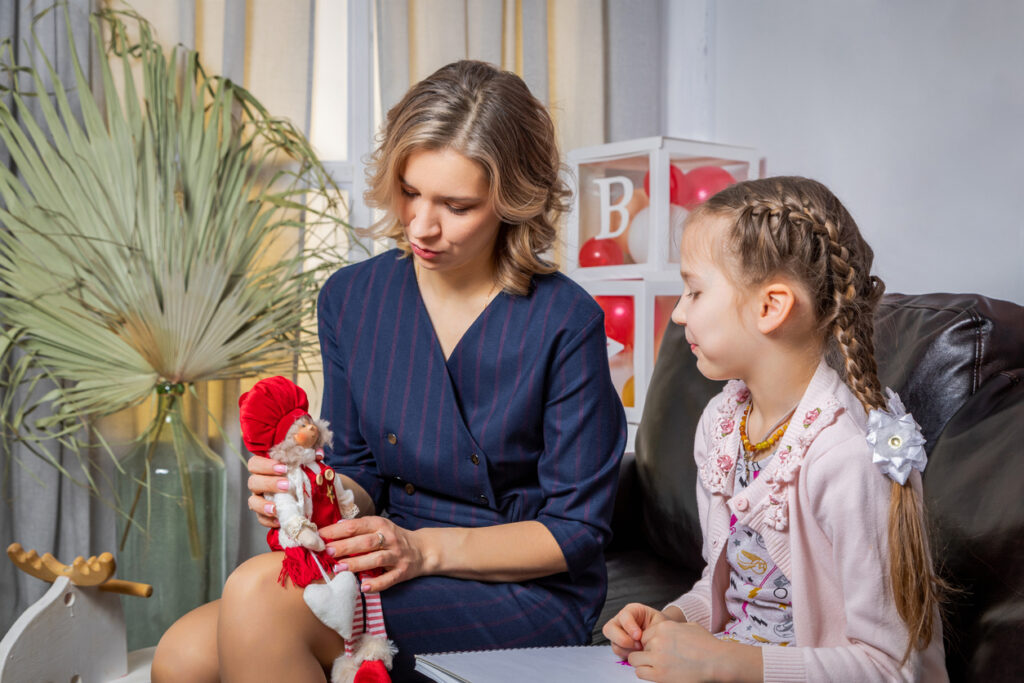
They might not be able to explain what they’re feeling, or even realise that something’s wrong. That’s where creative tools come in—and for many child therapists, dolls are one of the most powerful. They’re not just toys. In the hands of a trained professional, dolls become a way to communicate, explore, and express things that are too tangled or painful to put into words. Here’s why therapists sometimes turn to dolls when helping kids work through depression, and what makes this approach so quietly effective.
1. Dolls offer a safe, low-pressure way to express feelings.
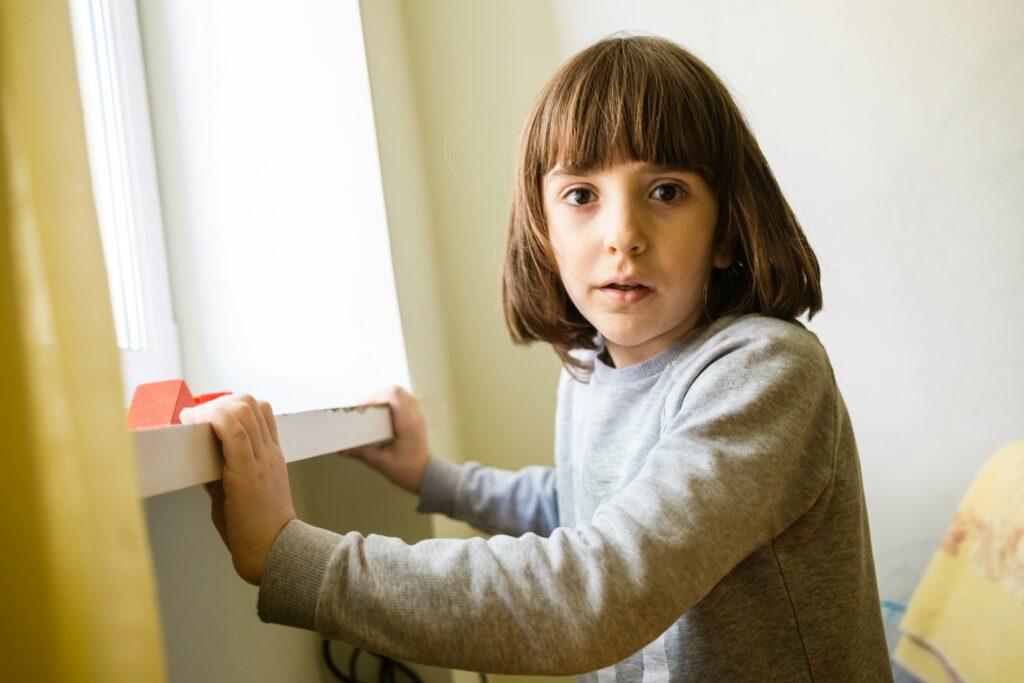
Kids often struggle to explain sadness, confusion, or emotional heaviness directly. When they’re handed a doll, it becomes a stand-in—a way to show how they feel without having to say it outright. They might say, “She’s tired all the time” or “He doesn’t want to play with anyone,” and in doing so, they’re actually describing their own experience.
This kind of projection helps kids share tough emotions without the vulnerability that comes with talking about themselves. It gives them emotional distance, which can make it feel safer to open up—especially when they’re not sure how their feelings will be received.
2. It helps kids talk without eye contact.
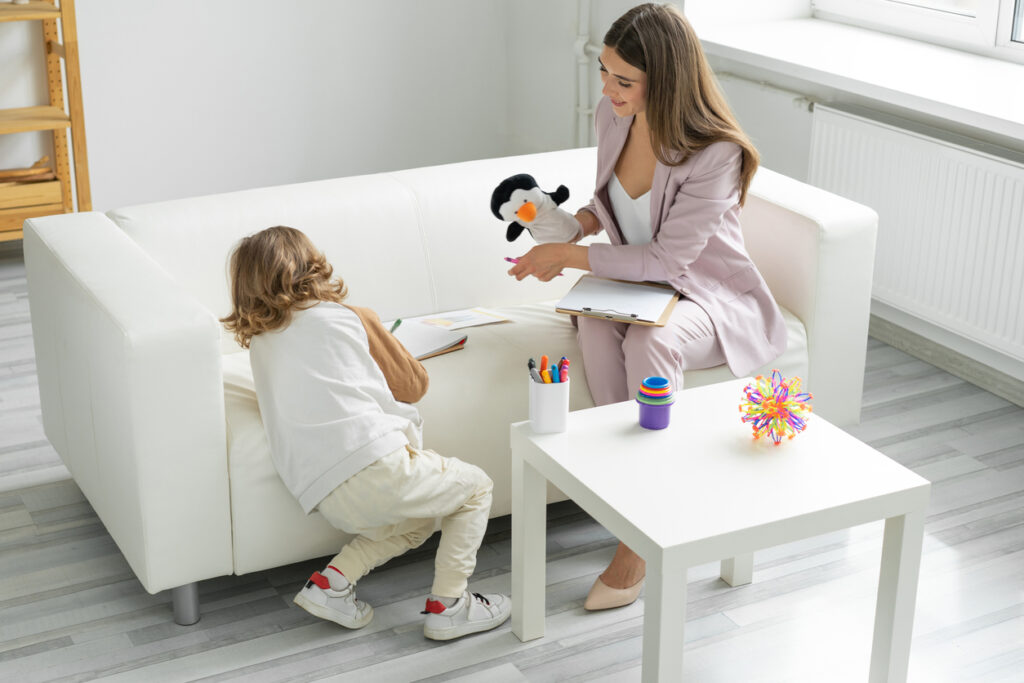
Talking about hard emotions is difficult for adults—so for children, especially those dealing with depression, face-to-face conversation can be overwhelming. Dolls give them something else to look at, hold, and interact with while they talk, taking the pressure off direct interaction.
It’s easier to keep talking when you don’t feel like you’re being watched or judged. With a doll in their hands, a child can look down, move around, or change focus, all while still being emotionally present in the session. That freedom makes a huge difference in how much they’re willing to share.
3. Play-based methods feel more natural to kids.
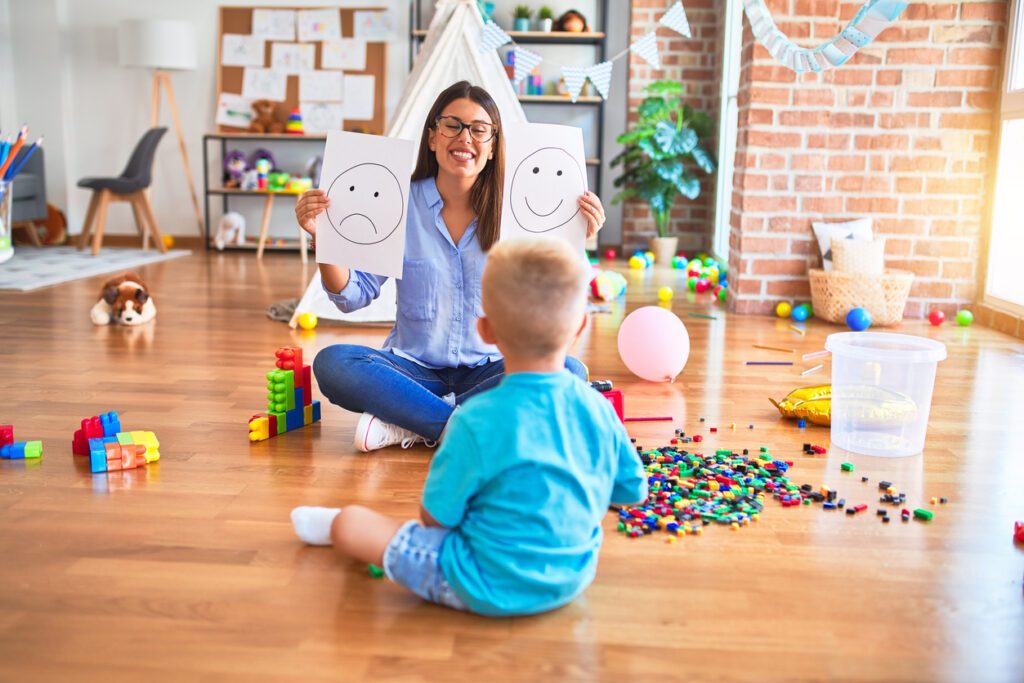
Therapy can feel formal and intimidating if it’s all talk and no play. But for kids, play is their language. It’s how they process the world. Using dolls helps turn therapy into something that feels more like their world—not the adult version of problem-solving.
By working in a format that feels familiar and comfortable, therapists can get to deeper emotional truths without forcing kids into uncomfortable conversations. The doll becomes part of a play script, but underneath that script are real feelings waiting to be understood.
4. Dolls allow kids to show rather than tell.
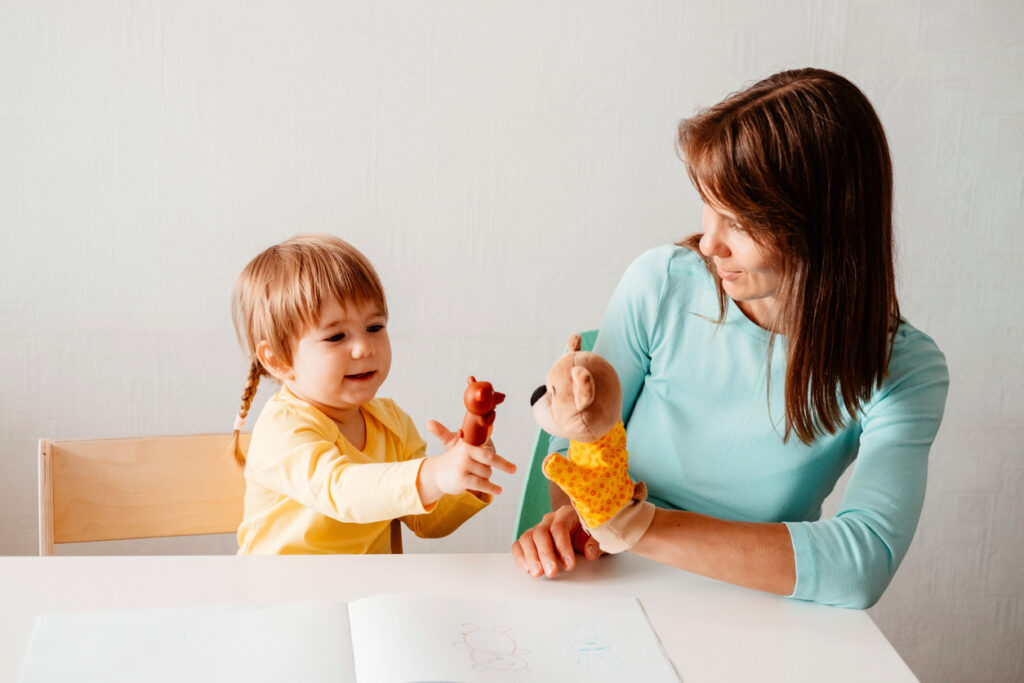
Not every child has the vocabulary to say “I’m depressed” or “I feel empty inside.” However, they can show it through the way they play. A doll being left out, hidden under a blanket, or “sleeping all the time” can speak volumes about what a child is carrying internally. Therapists are trained to observe these subtle cues. It’s not about decoding every move, but about noticing patterns and themes. What a child does with the doll is often far more revealing than what they say about it.
5. It helps externalise overwhelming emotions.
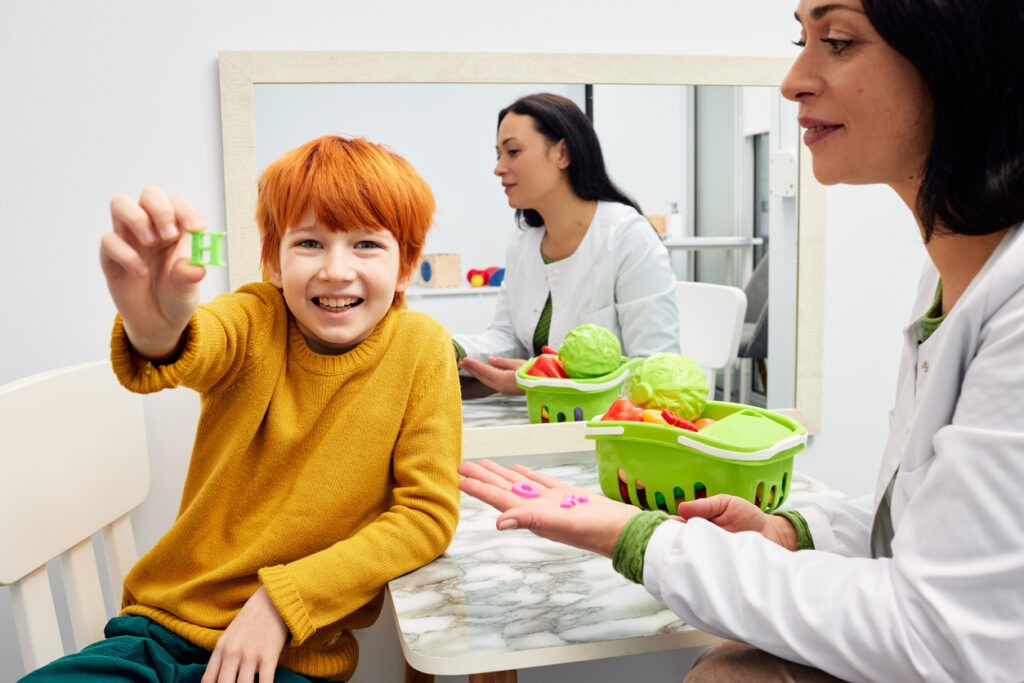
When emotions are internalised—especially the heavy, confusing ones tied to depression—they can feel impossible to handle. Dolls give kids a way to put those feelings outside themselves. Instead of “I’m sad,” it becomes “This doll is sad.” And that change can make all the difference.
Externalising doesn’t mean avoiding. It means making the emotion more manageable. Once the feeling exists outside the child, they can look at it, talk about it, and eventually learn how to respond to it. It takes something scary and turns it into something that can be understood.
6. Dolls provide consistency in uncertain times.
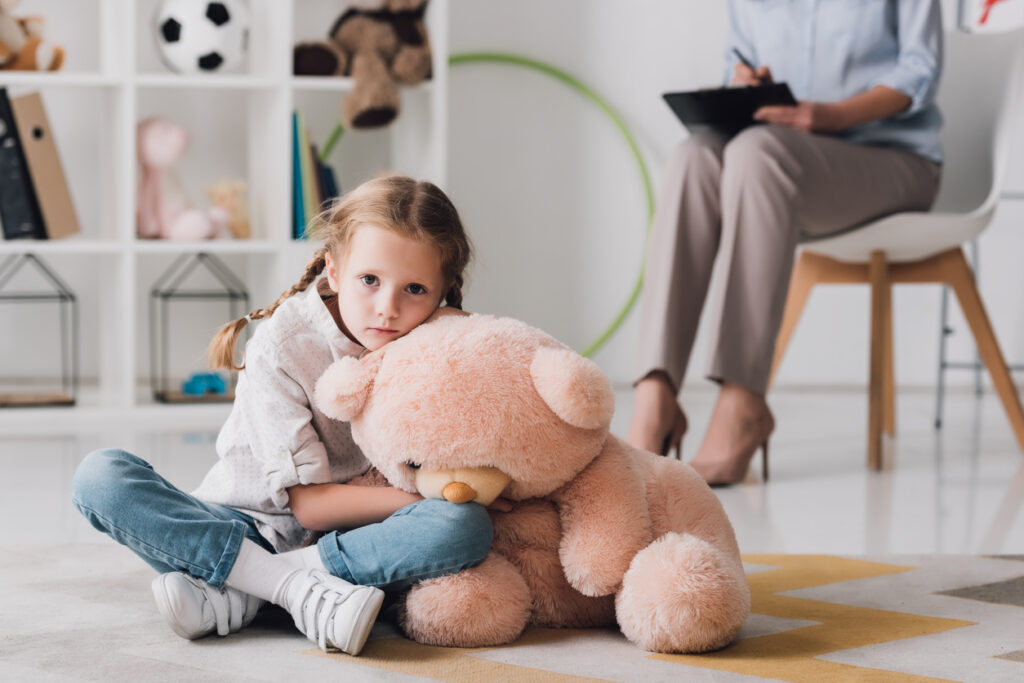
Depression can make the world feel unpredictable and disjointed. Having a familiar doll in therapy gives children something steady to hold onto. It’s a small, grounding object in a world that might feel too big, too loud, or too confusing. Some therapists even let kids use the same doll every session, creating a sense of continuity. That doll becomes a touchpoint—something the child can return to each week that feels safe, known, and theirs.
7. It encourages kids to tap into empathy, especially toward themselves.
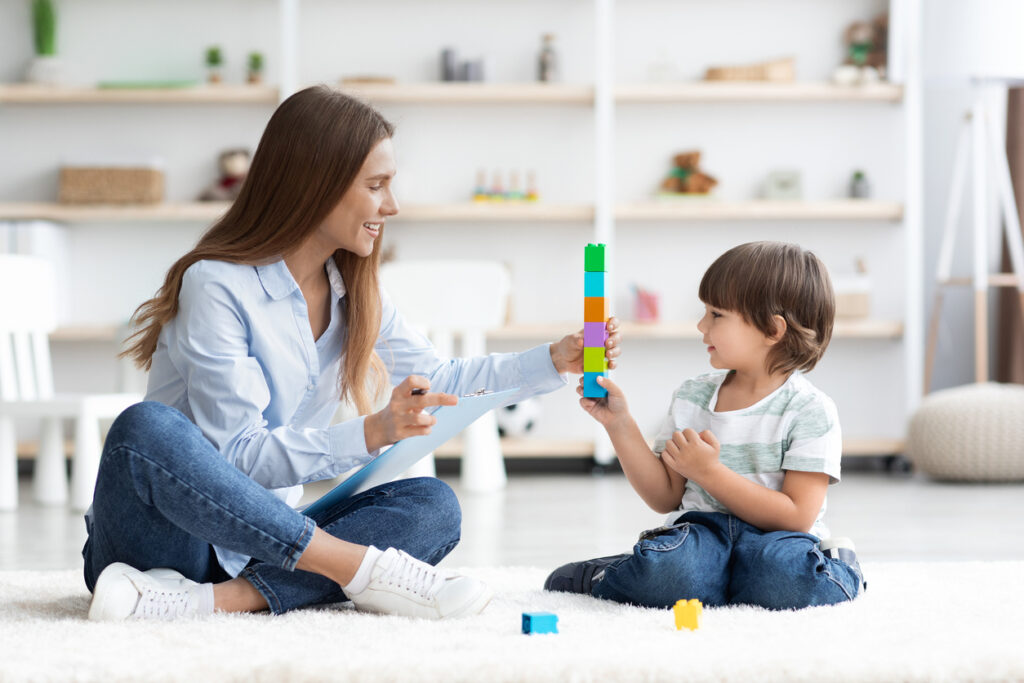
Through dolls, kids often take on the role of caretaker. They comfort, protect, or advocate for the doll’s needs. In doing so, they start to develop compassion, sometimes without even realising it. Over time, this can help them see that they deserve the same care they offer through play.
For children with depression, self-compassion can be difficult. But when they start to treat the doll gently, speak kindly to it, or notice when it needs rest, they’re actually practising emotional kindness. That practice builds the foundation for how they treat themselves.
8. It helps uncover family dynamics and relational wounds.
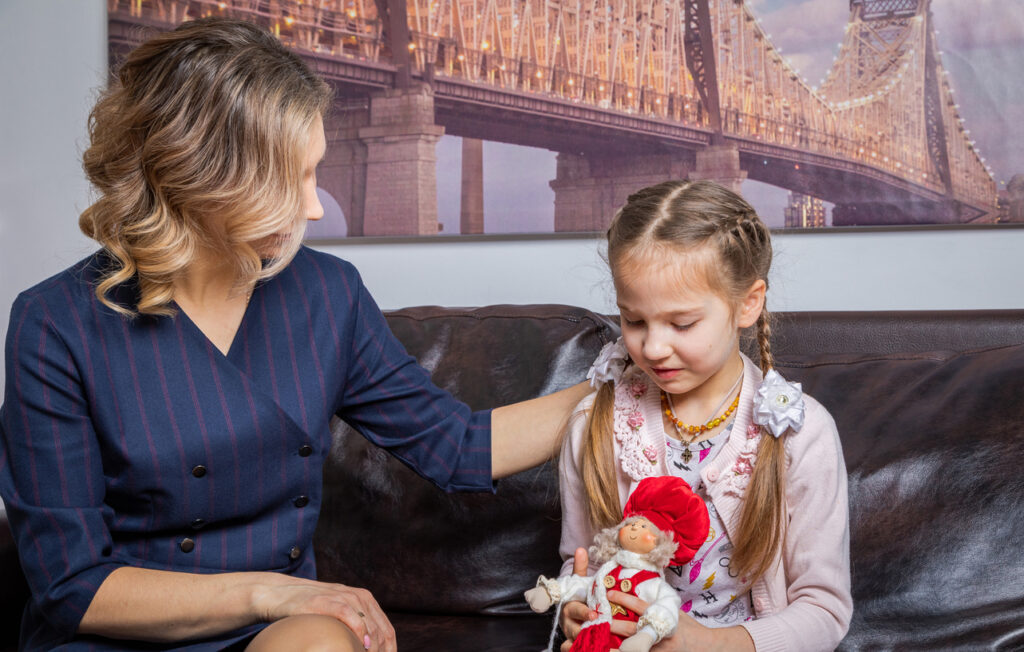
Sometimes the way a child plays with dolls reflects what’s happening at home. Maybe there’s a mother doll who’s always busy, a sibling doll who gets more attention, or a child doll who’s never allowed to speak. These play patterns can offer insight into relational pain that the child doesn’t know how to verbalise yet.
Therapists can gently explore these dynamics through the play—not by interrogating, but by observing and inviting conversation. It opens up space to talk about real-world relationships in a way that feels safer and more indirect.
9. Dolls can represent parts of the child they’re not ready to claim.
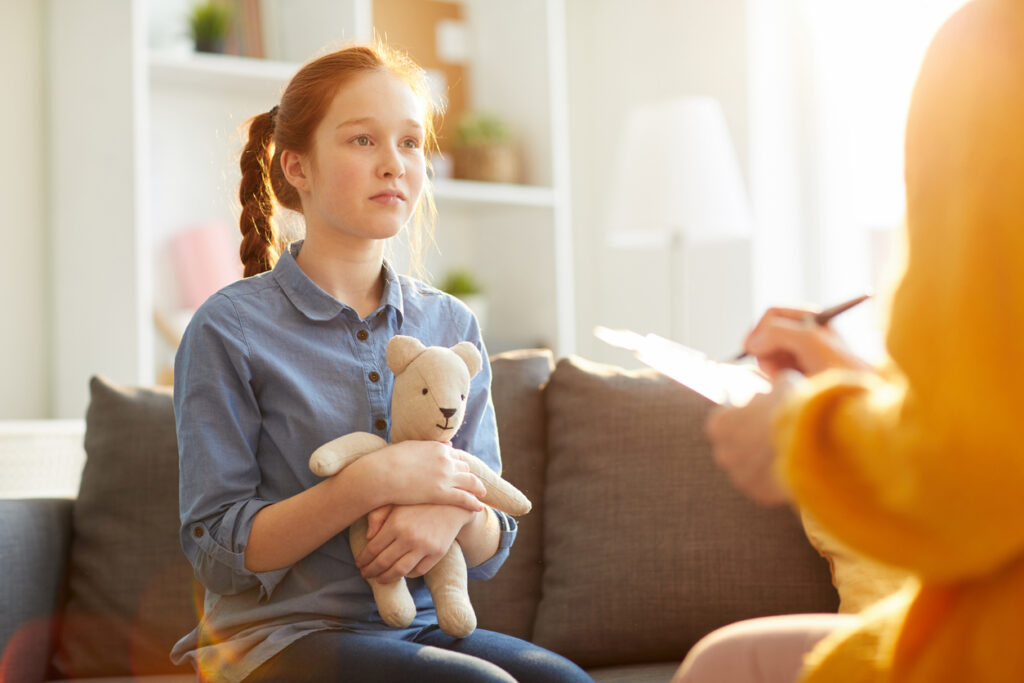
Sometimes kids use dolls to act out sides of themselves they’re not comfortable showing—like fear, anger, sadness, or vulnerability. These parts might feel too risky to express directly, but through a doll, they find a voice. That kind of symbolic play helps children acknowledge all the parts of themselves, even the messy or complicated ones. It creates a bridge between their inner world and the outside world, without forcing them to leap all at once.
10. It lets therapy feel less clinical and more creative.
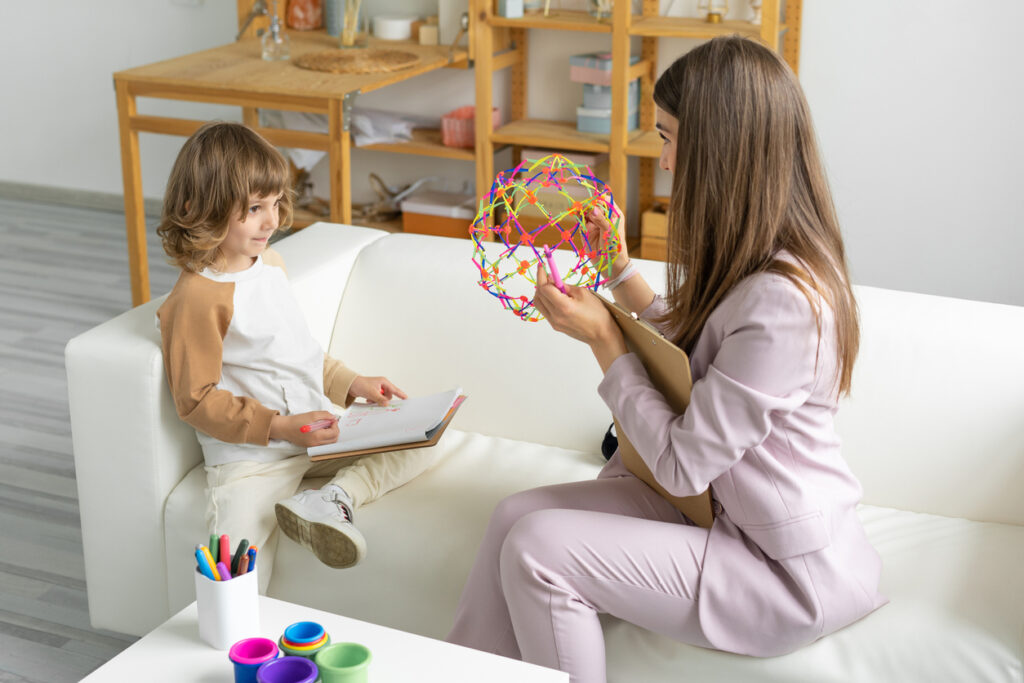
For many kids, the idea of “therapy” can feel stiff or adult. Sitting on a couch, answering questions—it’s not how most kids are wired to open up. Dolls bring creativity and imagination into the room, which helps therapy feel more like a collaborative process and less like a task.
That creativity builds trust. When a child feels like they can express themselves freely—in whatever form that takes—they’re more likely to return, share, and grow. Therapy becomes a space of play and possibility, not pressure.


